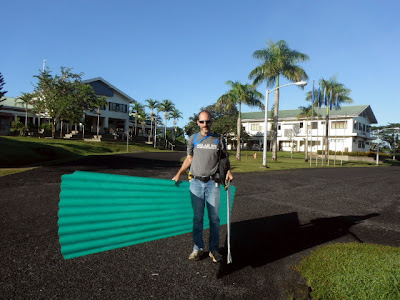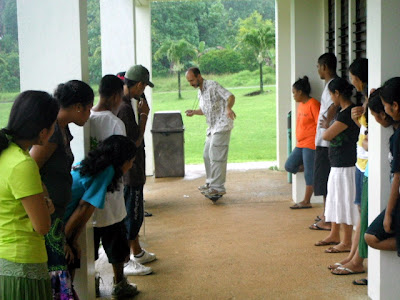RipStik acceleration

In a previous article I shared the use of a RipStik in SC 130 Physical Science to demonstrate linear constant velocity motion. The ability to generate a relatively constant velocity by swizzling at a constant rate on level ground was useful to that demonstration. This term, as in the past two terms, the non-linea r motion of the rolling ball in laboratory two had already set up the concept of curved lines as changing speeds on a time versus distance xy scattergraph. This permitted me to move directly to data gathering for an accelerating RipStik. I did not achieve the top end that I typically attain, I am uncertain as to why. Prior to class I performed three practice runs with a goal of first pillar-to-pillar time of six to seven seconds. The hope was to hit an acceleration around 0.2 m/s². My actual run during class suggests an actual acceleration of 0.068 m/s². The chart belows compares the desired accelertion curve against my actual acceleration curve. The tim...




